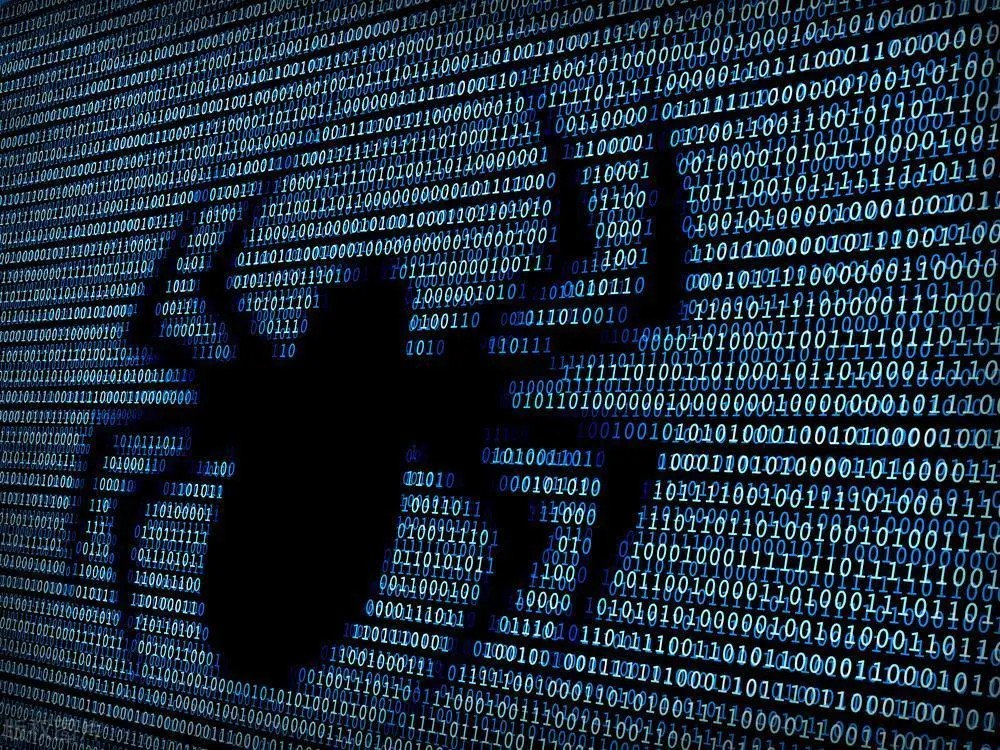
Hot Picks
How to run Facebook ads in 2025? Ideas

Hot Picks
How to promote on Amazon? Sharing various promotion methods

Hot Picks
Choose BitBrowser for fingerprint browsers, and look for the only official website: bitbrowser.cn
Web crawlers and web scraping: BitFingerprint Browser takes a closer look at their similarities and differences
Time: 2024-07-27 16:42 Click:
In the vast field of data collection and processing, the terms "crawler" and "crawl" often cause confusion, especially in technical literature and discussions. Although they seem to be interchangeable in some contexts, they actually contain profound differences and connections. This article aims to clear the fog and elaborate on the boundaries and commonalities between web crawlers and web scraping.

Clear Definition
Web Scraping: refers to the process of extracting and collecting required information from web pages through automated means. This usually involves sending HTTP requests to the target web page, receiving the returned HTML content, and extracting specific data from it using parsing techniques (such as regular expressions, XPath, CSS selectors, or more advanced libraries such as BeautifulSoup, Scrapy). Web crawling is highly dependent on the structure of the target web page and is often customized for specific data sets.
Web Crawling: is a broader exploration strategy designed to traverse the World Wide Web and discover and index web page content. Web crawlers (or web spiders) start from one or a group of initial URLs (called seed URLs), follow the links in the web pages, recursively visit and record the pages pointed to by these links. This process is not limited to data extraction, but focuses on the discovery and mapping of web pages, providing basic data for search engine indexing, website content analysis, etc.
Difference analysis

Purpose and focus: Web crawling focuses on extracting valuable data from specific web pages, such as prices, comments, news, etc.; while web crawlers focus on comprehensive exploration of network structures and collecting as much web page information as possible.
Technology and implementation: Although both involve technologies such as HTTP requests and responses and web page parsing, web crawling often requires customized parsing rules based on the specific structure of the target web page, while web crawlers focus more on link traversal and management, as well as efficient data storage and retrieval mechanisms.
Scale and complexity: Web crawling can flexibly adjust the scale according to demand, ranging from data collection of a few pages to information integration of the entire website; while web crawlers usually involve large-scale data processing and storage, and have higher requirements for system resources, algorithm efficiency and data management.
Ethical and legal considerations: Both need to face ethical and legal issues such as website copyright, robots.txt protocol, and request frequency restrictions. However, due to the widespread and potential impact of web crawlers, they are more likely to cause controversy and restrictions.
Similarities

Automated processing: Both crawling and crawling rely on automated programs to execute, which significantly improves the efficiency and accuracy of data collection.
Technical basis: Both are built on key technologies such as HTTP protocol, HTML parsing, and data storage, and share similar technology stacks and implementation principles.
Application scenarios: Although the purpose and focus are different, both have wide application value in many fields such as data collection, information integration, and search engine optimization.
Subtle differences between crawlers and crawlers
Although crawlers and crawlers both involve automated data extraction in a broad sense, there are significant differences in the details. Crawlers tend to search over a wide area, discover new resources by traversing links, and build network maps; while crawlers focus more on extracting required data from specific websites or pages. This difference determines their differences in technical implementation, application scenarios, and ethical considerations.
Legality
You may be interested to know that most websites on the Internet prohibit the use of any form of automated software on their web pages, except for those popular search engines. For those websites that allow it, they will provide an official API - and web crawlers and scraping usually do not use APIs. This means that whether you are developing a crawler or a crawler, you are directly violating the terms of use of the target website. However, this does not mean that such behavior is illegal. In fact, it is completely legal to crawl and scrape public data on websites. However, technical details may make it illegal.
Key tools for fingerprint browser crawlers and scraping:

In the data-driven Internet era, web scraping, as an important means of information acquisition, has become increasingly the focus of efficiency and security. Especially when facing data sources with sophisticated defense mechanisms, traditional crawler technology often seems to be unable to cope with it. If you are not careful, it may trigger the anti-crawler mechanism, resulting in the obstruction of the crawling task or even the IP being blocked. It is in this context that fingerprint browsers, with their unique advantages, redefine the possibilities of web scraping.
Invisible cloak that reshapes the web crawling ecosystem
Fingerprint browser, the product of this technological innovation, is not just a simple upgrade of the browser. It is more like a layer of invisible cloak for the automated script, allowing it to move freely in the digital world without being noticed. By deeply simulating the browsing behavior of real users, the fingerprint browser cleverly bypasses various detection methods of the website, including but not limited to detailed user behavior analysis, complex device fingerprint comparison, etc., providing unprecedented flexibility and security for web crawling tasks.
Core advantages: beyond conventional disguise and manipulation
All-round fingerprint disguise: The fingerprint browser is not limited to modifying the user agent, but can also perform deep disguise in multiple dimensions such as browser engine, operating system, device model, etc., to build an almost indistinguishable virtual user environment, and completely disintegrate the recognition system based on browser fingerprints.
Environment isolation and independent configuration: Each crawling task or account can have an independent browser environment, including independent Cookies, cache and local storage, to ensure that they do not affect each other, providing a solid foundation for complex multi-account management and refined crawling strategies.
Intelligent proxy and IP dynamic rotation: The built-in proxy management system can automatically select and rotate IP addresses, effectively hide the real IP, reduce the risk of access restrictions or bans triggered by frequent access, and improve crawling efficiency.
Among many fingerprint browsers, BitBrowser stands out with its excellent performance and wide application scenarios. As a fingerprint browser designed for automated operations and web crawling, BitBrowser not only has all the above core advantages, but also shows extraordinary practical value in cross-border e-commerce, social media management, market research and other fields. Its powerful account management system and RPA automation function simplify the cumbersome multi-account login and operation into a one-click process, greatly improving work efficiency and security.
Summary:
Today, when data has become an important role, Bit Fingerprint Browser has brought revolutionary changes to the field of web crawling with its unique invisibility and powerful control capabilities. It is not only a capable assistant for technicians, but also an important force to promote the free flow of information and promote the prosperity of the digital economy. Download BitBrowser now to get a more efficient and secure environment for your web crawling. Click to download and get 10 permanent free windows immediately.

 Multi-Account Management
Multi-Account Management Prevent Account Association
Prevent Account Association Multi-Employee Management
Multi-Employee Management



